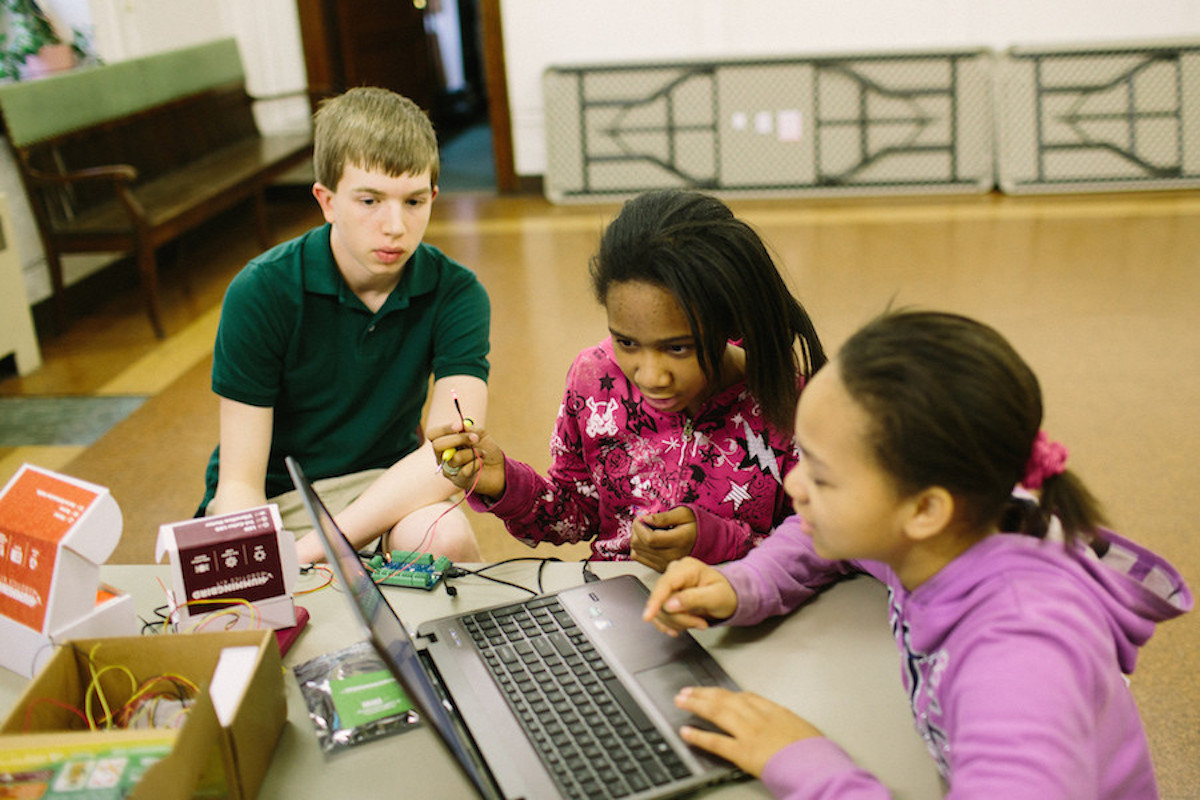
Changing school to fit a changing world
By Natalie Orenstein
Finland is often lauded for having cracked the education code, producing students who are successful by every definition of the word. But even in educational utopia, leaders know the system needs to adapt to meet modern demands.
Finland has announced that, beginning in August 2016, the country will abandon some of its subject-based schooling in favor of an interdisciplinary “phenomenon”-based approach. Less history and math; more history of math.
“We are often asked: Why improve the system that has been ranked as top quality in the world?” says Irmeli Halinen, head of curriculum development on the Finnish National Board of Education, in a filmed announcement. “The answer is, because the world is changing around the school.”
The new national curriculum is a response to the “challenges of globalization, development of technology and to the challenges of sustainability,” Halinen says. It’s an effort to prepare kids for the standards of the 21st-century workforce while creating a “space for joy of learning in schoolwork,” she says.
So what does this all look like in action?
The Independent takes us to a Finnish elementary school that already employs the new approach.
“It’s an English lesson, but there is a map of continental Europe on the whiteboard,” the author writes. “The children must combine weather conditions with the different countries displayed on the board. For instance, today it is sunny in Finland and foggy in Denmark. This means pupils combine the learning of English and geography.”
But in addition to melding traditionally autonomous topics, there’s a new emphasis on student participation and collaboration. The curriculum was developed after heavy input from students, Halinen says.
It’s naïve to think the answer to educational woes in the United States is to simply mimic a system like Finland’s. The United States has different philosophies of education (more focused on individualism, for starters) and a different—much more diverse—student body than much of Europe has. But thoughtful educators and administrators here have long understood the benefits of interdisciplinary learning.
In March, Remake Learning wrote about the “artificial line between art and science,” as Loretta Jackson-Hayes, a chemist and professor, described in a Washington Post op-ed. She wrote that her most successful science students are the ones who can communicate their research at conferences or write about it coherently in publications.
Take, for example, the STEAM movement. STEAM education infuses creativity into engineering and it teaches mathematical thinking through art projects. In Pittsburgh, many educators, in and out of schools, have embraced STEAM.
The Allegheny Intermediate Unit has provided $2.1 million in STEAM grants to schools in western Pennsylvania for projects that meld science and art, including creative tech labs. At the Pine-Richland High School STEAM center, students used 3-D modeling software to design a fully functional electric guitar. At The Labs @ CLP, teen visitors to the Carnegie Library can hang out at the media labs where they have access to creative digital tools and musical instruments.
But it’s not enough. Too many students in the U.S. are bored and disconnected from school. Making the connections across subjects, like in Finland, and making connections between what students learn in the classroom and what goes on outside the classroom are critical. A 2006 study by the Bill & Melinda Gates Foundation found that 81 percent of those who drop out of school claim that “opportunities for real world learning” would have helped them stay in school. Only approximately one-third of students who dropped out left because they were failing.
Finland may be, well, Finland, but it’s worth watching as a model for learning that re-engages kids and teachers.
This article originally appeared in Remake Learning, one of Kidsburgh’s community partners. Remake Learning reports on the people, organizations and ideas shaping the future of teaching and learning in the greater Pittsburgh region.
Featured photo: STEAM learning, Photo by Ben Filio via Remake Learning